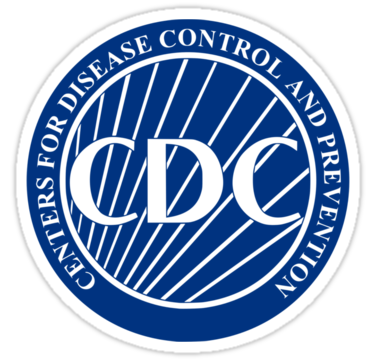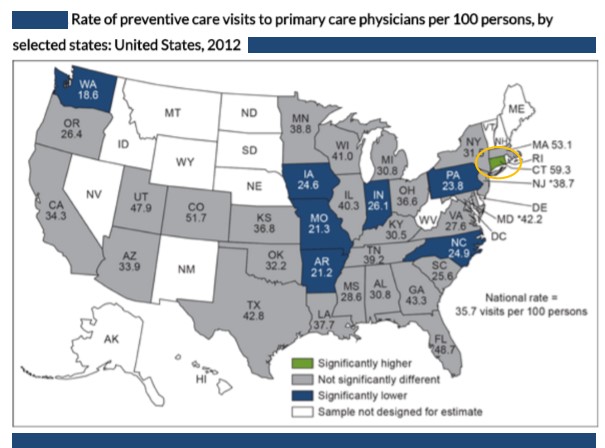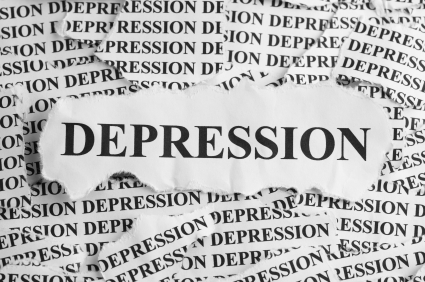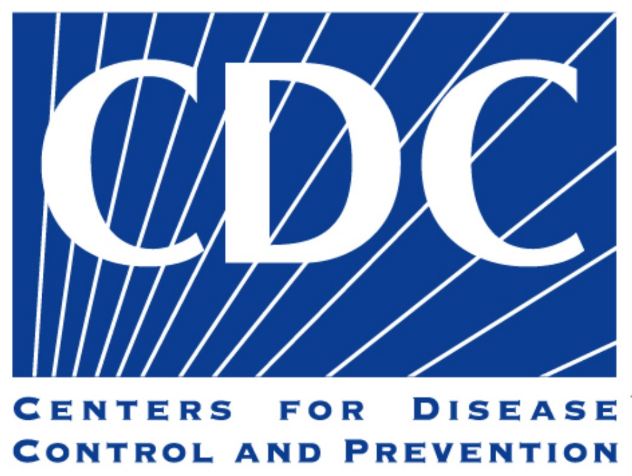Heart Disease, Cancer Leading Causes of Death in CT; Septicemia Deaths Among Highest in USA
/Heart disease, cancer and accidents were the leading causes of death in Connecticut according to data released by the National Center for Health Statistics of the Centers for Disease Control and Prevention. The other major causes of death in Connecticut include chronic lower respiratory diseases, stroke, alzheimer’s disease, diabetes, influenza/pneumonia, kidney disease and septicemia.
In all but two instances, Connecticut ranked in the lowest quintile among the states, ranking 40th in the rate of heart disease deaths, 43rd in cancer deaths, 48th in d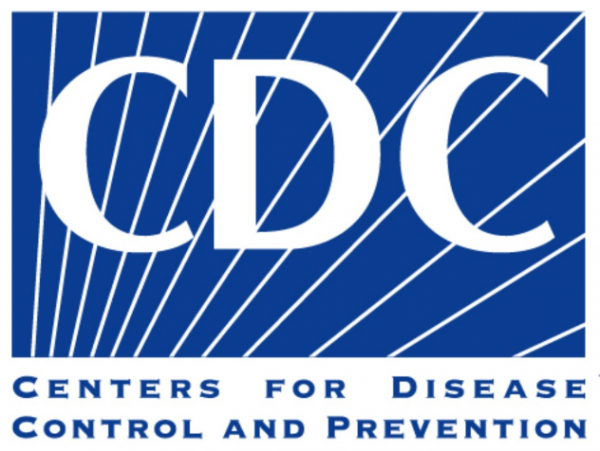 eaths due to diabetes, and 48th in deaths caused by stroke. The state ranked 15th, however, in deaths caused by septicemia and 35th in accidental deaths.
eaths due to diabetes, and 48th in deaths caused by stroke. The state ranked 15th, however, in deaths caused by septicemia and 35th in accidental deaths.
Septicemia, or sepsis, is a life-threatening complication of an infection in the bloodstream. Sepsis is the body’s overwhelming response to infection which can lead to tissue damage, organ failure, and death. It kills 258,000 Americans each year, according to the Sepsis Alliance, but remains largely unknown. Although it is among the 10 most frequent causes of death nationwide, in a 2015 online survey of 2,000 participants, only 47 percent of Americans were aware of sepsis, the Alliance reported. The deaths this year of actress Patty Duke and boxing legend Muhammad Ali have brought some increased attention to sepsis.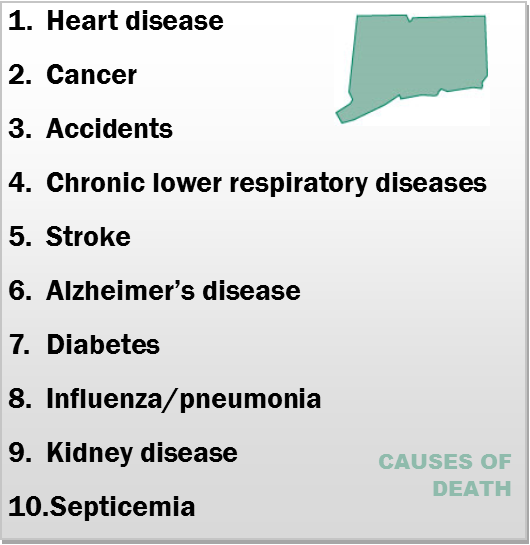
Connecticut had 578 recorded deaths caused by septicemia, a rate of 12.6 per 100,000 total population, in 2014, according to the CDC data. The United States rate was 10.7. The highest death rates from septicemia were in Mississippi, Louisiana, Alabama, Texas, New Jersey, Kentucky, Arkansas, Maryland, Georgia, and Virginia.
There were 7,018 deaths from heart disease and 6,621 from cancer in Connecticut in 2014, according to the data. The next most frequent cause of death, accidents, totaled 1,642, followed by chronic lower respiratory diseases, which caused, 1,368 deaths, and stroke, which caused 1,266.
Connecticut’s rate of deaths per thousand population by stroke, 26.3, is among the nation’s lowest. The national rate is 36.5. The only states with lower rates of stroke deaths are Rhode Island and New York. Connecticut is tied with Arizona, just ahead of Massachusetts, New Hampshire and Wyoming. The highest rate of deaths from stroke are in Mississippi, Alabama, Tennessee, Louisiana and Arkansas.
Heart disease has long been the leading cause of death for all U.S. states, with cancer as the second leading cause, according to the CDC. In 1990, Alaska became the first state to experience a switch in ranks between these two causes. In 2000, Minnesota experienced the same switch. As of 2014, there are now 22 states with cancer as the leading cause of death. Heart disease remains the leading cause in Connecticut.
In 2013, the leading causes of death in Connecticut were heart disease (7.090), cancer (6,619), chronic lower respiratory diseases, accidents, stroke, alzheimer's disease, diabetes, influenze/pneumonia, kidney disease and suicide.
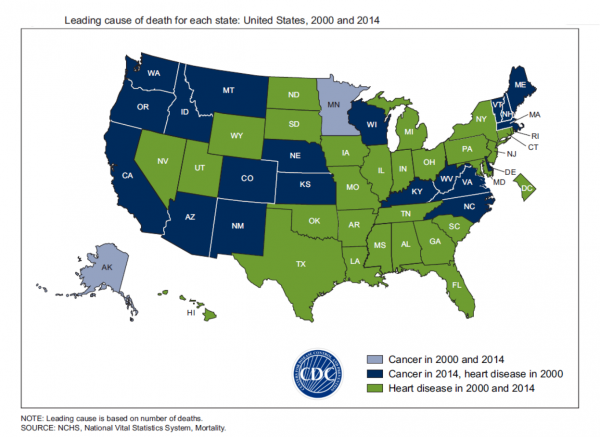



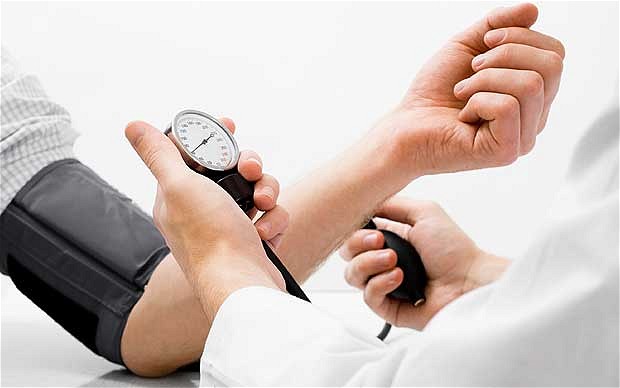 The rate of preventive care visits in the 34 most populous states ranged from 33.1 visits per 100 persons in Arkansas to 120 visits per 100 persons in Connecticut. Among those 34 states, the rate of preventive care visits was lower than the national rate in 11 states (Arkansas, Indiana, Iowa, Michigan, Missouri, North Carolina, Oklahoma, Oregon, Pennsylvania, South Carolina, and Washington). The national average was 61.4 visits per 100 persons. The data is from 2012, the most recent year available from the National Ambulatory Medical Care Survey.
The rate of preventive care visits in the 34 most populous states ranged from 33.1 visits per 100 persons in Arkansas to 120 visits per 100 persons in Connecticut. Among those 34 states, the rate of preventive care visits was lower than the national rate in 11 states (Arkansas, Indiana, Iowa, Michigan, Missouri, North Carolina, Oklahoma, Oregon, Pennsylvania, South Carolina, and Washington). The national average was 61.4 visits per 100 persons. The data is from 2012, the most recent year available from the National Ambulatory Medical Care Survey.